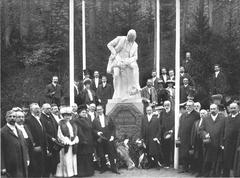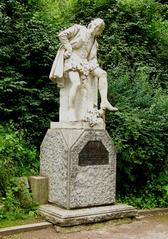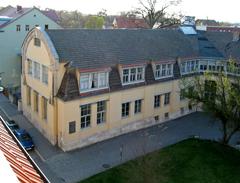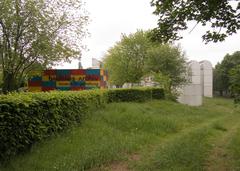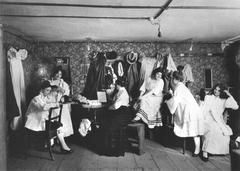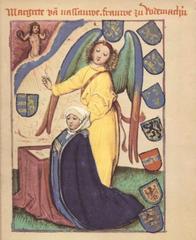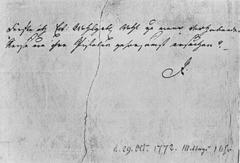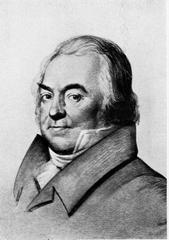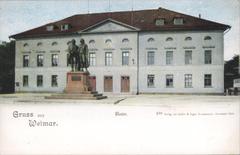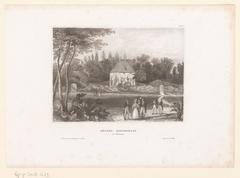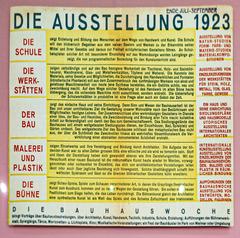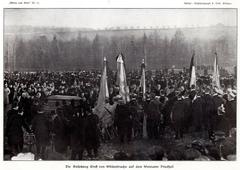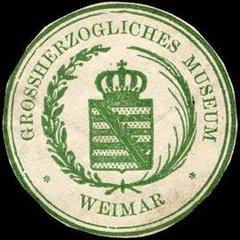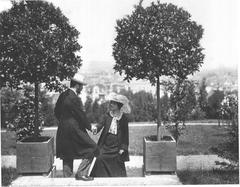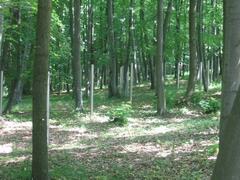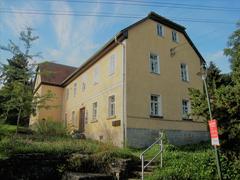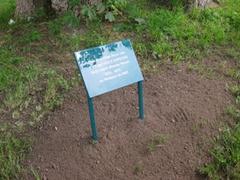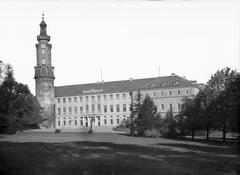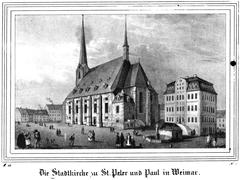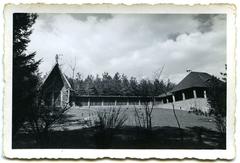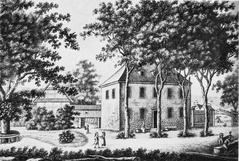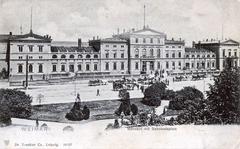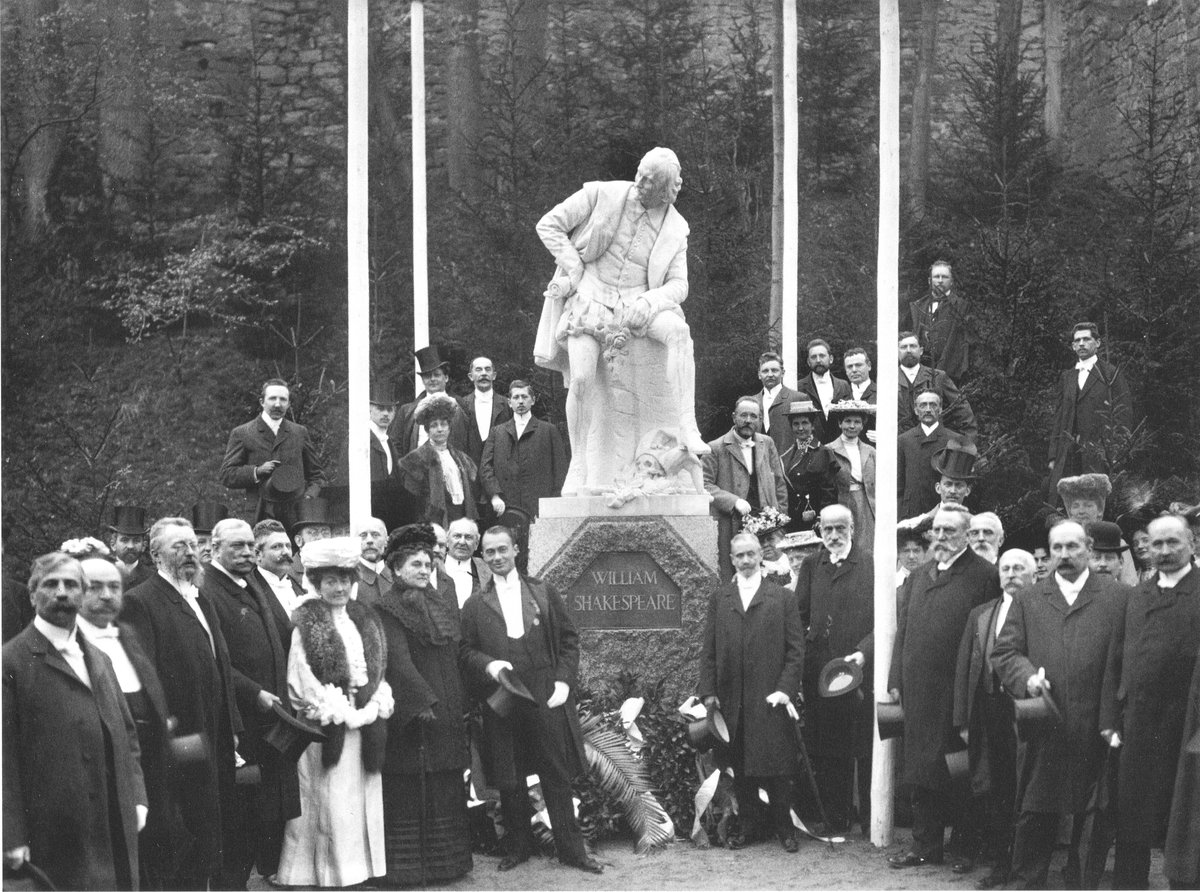
Shakespeare Monument Weimar: Visiting Hours, Tickets, and Comprehensive Travel Guide
Date: 14/06/2025
Introduction
The Shakespeare Monument in Weimar, Germany, is the only monument dedicated to William Shakespeare on the European mainland, situated in the scenic Park an der Ilm—a UNESCO World Heritage site renowned for its literary and historical resonance. This guide provides a thorough overview of the monument’s origins, artistic features, cultural significance, practical visitor information including hours and ticketing, accessibility tips, nearby attractions, and guidance for making the most of your visit.
Whether you’re a literature enthusiast, a history buff, or a traveler seeking meaningful cultural experiences, visiting the Shakespeare Monument offers unique insights into the enduring relationship between German Classicism and the universal legacy of the Bard (weimar.de; denkmalschutz.de; Shakespeare-Gesellschaft).
Table of Contents
- Introduction
- Historical Context and Creation
- Visiting Information
- The Monument: Design and Symbolism
- Cultural and Artistic Context
- Visitor Experience
- Frequently Asked Questions (FAQs)
- Summary and Recommendations
- Sources and Further Information
Historical Context and Creation
Early Shakespearean Influence in Weimar
Weimar has long stood at the heart of German literary and cultural life. The city’s fascination with Shakespeare was notably championed by Johann Wolfgang von Goethe, who, as director of the Weimar Court Theatre, integrated Shakespeare’s works into the repertoire and considered him a model for dramatic innovation. Christoph Martin Wieland’s German translations of Shakespeare further broadened his reach, making the Bard’s plays accessible to German audiences and establishing Weimar as a center for Shakespearean appreciation (weimar.de).
The German Shakespeare Society
In 1864, the Deutsche Shakespeare-Gesellschaft (German Shakespeare Society) was founded in Weimar to coincide with the 300th anniversary of Shakespeare’s birth. This society played a pivotal role in institutionalizing Shakespeare studies and fostering a tradition of German Shakespearean scholarship and performance. The annual Shakespeare Tage (Shakespeare Days) and the Society’s extensive Shakespeare Library have attracted scholars and enthusiasts from across Europe (Shakespeare-Gesellschaft).
The Monument’s Conception and Artistic Vision
To honor both the playwright and the Society’s achievements, the idea of erecting a monument in Weimar emerged at the turn of the 20th century. Berlin sculptor Otto Lessing was commissioned in 1902 to design the monument. Lessing’s vision was to humanize Shakespeare, moving away from the conventional heroic pose and instead depicting him in a natural, contemplative stance, dressed in Elizabethan attire. The use of Carrara marble and a granite pedestal reflected a commitment to artistic excellence and longevity (denkmalschutz.de).
Symbolism and Artistic Details
The statue stands over two meters tall atop a 1.4-meter pedestal. Shakespeare holds a scroll in one hand (signifying his writing), a rose branch in the other (representing poetic beauty), and at his feet rest a laurel wreath (symbolizing artistic achievement) and a skull with a jester’s cap (referencing “Hamlet” and the interplay of comedy and tragedy). The monument’s facial expression appears to shift from humor to melancholy based on the viewer’s perspective, echoing the emotional depth of Shakespeare’s works (weimar-lese.de).
Inauguration, Preservation, and Legacy
Unveiled in 1904, the monument immediately became a cultural landmark. Over time, it faced environmental and weather-related challenges, leading to comprehensive restoration efforts in the late 1990s under the Stiftung Weimarer Klassik and Deutsche Stiftung Denkmalschutz. The restored monument was ceremoniously reinstalled on April 23, 1999—Shakespeare’s birthday—ensuring its preservation for future generations (denkmalschutz.de).
Visiting Information
Hours, Tickets, and Accessibility
- Hours: The Shakespeare Monument is located in Park an der Ilm, which is open year-round, 24 hours a day. There are no gates or restricted visiting times (roamingrequired.com; triphobo.com).
- Tickets and Admission: Free entry; no tickets required.
- Accessibility: Main park paths are wheelchair and stroller friendly. The monument is on a small plateau with gentle slopes; some assistance may be needed for visitors with mobility challenges.
Location and Getting There
- Address: Park an der Ilm, Weimar, Germany
- Coordinates: 50.975841, 11.333236
- On Foot: The park is a 10–15 minute walk from Goetheplatz, the city’s central square. Most major Weimar attractions are within a 2-kilometer radius (aohostels.com).
- Public Transport: Buses serve stops near the park. Parking is available along Berkaer Straße and at the park’s southern end, though walking is recommended.
Best Times to Visit
- Late Spring to Early Autumn (May–September): Lush greenery and mild weather make this the best season for a visit. June is the wettest month; July is warmest.
- Autumn: The Onion Market (Zwiebelmarkt) in October brings extra vibrancy.
- Winter: The park is open, but less frequented; expect cold and potentially slippery paths.
Travel Tips and Nearby Attractions
- Combine your visit with Goethe’s Garden House (within the park), Schiller’s House, the Goethe National Museum, and the Bauhaus Museum—all within walking distance.
- Events: Shakespeare Tage in April features performances and academic events; open-air summer theater and the Onion Market are annual highlights.
- Facilities: Restrooms and cafés are located at park entrances or in the city center, not directly at the monument.
- Photography: Best in early morning or late afternoon light; respect the monument and other visitors.
The Monument: Design and Symbolism
Artistic Composition
Carved from Carrara marble by Otto Lessing and set atop granite, the monument is notable for its approachable, human scale and expressive detail. Shakespeare is shown in Elizabethan dress, with period-accurate features that invite viewers to reflect on his historical context (Literaturland Thüringen).
Symbolic Elements
- Scroll: Represents Shakespeare’s role as a writer.
- Rose Branch: Symbolizes poetic beauty and the enduring nature of his works.
- Skull with Jester’s Cap: References Hamlet and the dual themes of comedy/tragedy.
- Laurel Wreath: Classical symbol of artistic achievement and immortality.
- Inscriptions: The pedestal features Shakespeare’s name, dates, and sometimes bilingual quotations, reinforcing his international literary stature.
Cultural and Artistic Context
Weimar’s Literary Landscape
Weimar’s tradition of literary innovation is reflected in its monuments to Goethe, Schiller, and Wieland. The Shakespeare Monument integrates into this landscape, reinforcing the city’s role as a crucible of German classicism and international exchange (Angie’s Travel Routes; German Culture).
German Shakespeare Reception
German intellectuals, particularly Goethe and Schiller, saw in Shakespeare a model for creative freedom and emotional expression. The Schlegel-Tieck translation established Shakespeare as “Unser Shakespeare”—a figure as revered in Germany as in England (DW; Academia.edu). The Weimar Republic era saw innovative, socially engaged productions by figures like Bertolt Brecht, further cementing the Bard’s place in German cultural identity.
Visitor Experience
Tours and Events
- Guided Tours: Many literary walking tours include the Shakespeare Monument. Self-guided tours are facilitated by park signage and information plaques (aohostels.com).
- Shakespeare Tage: Annual festival in April with performances and lectures (Shakespeare-Gesellschaft).
- Other Events: Open-air summer theater and autumn festivals enhance the park’s appeal.
Facilities and Practical Advice
- Restrooms/Cafés: At park entrances and in the city center.
- Safety: The park is generally safe; keep an eye on belongings.
- Etiquette: Do not climb on the monument. Dogs are allowed on leashes.
- Weather: Prepare for showers in June; wear sun protection in summer.
Frequently Asked Questions (FAQs)
Q: What are the Shakespeare Monument opening hours?
A: The monument and Park an der Ilm are open year-round with unrestricted access.
Q: Is there an entry fee?
A: No, admission is free.
Q: Is the monument accessible for visitors with mobility needs?
A: Main paths are wheelchair and stroller friendly; the immediate area around the monument has gentle slopes.
Q: Are guided tours available?
A: Yes, many city walking tours include the monument.
Q: Where are the nearest facilities?
A: Restrooms and cafés are at park entrances or in the city center.
Summary and Recommendations
Visiting the Shakespeare Monument in Weimar is a rewarding experience that connects visitors to a vibrant tradition of literary and artistic exchange. The monument’s artistic design, historical context, and accessible location within Park an der Ilm make it a highlight for anyone exploring Weimar’s UNESCO-listed heritage. Complement your visit with nearby cultural sites, consider attending during Shakespeare Tage for special programming, and use apps like Audiala for expert audio guides and up-to-date information.
For a seamless visit, plan for good weather, wear comfortable shoes, and allow time to explore the park’s other attractions. Weimar’s compact city center ensures all major sites are within easy reach.
Sources and Official Links for Further Information
- weimar.de - Shakespeare Monument and Park an der Ilm
- denkmalschutz.de - Shakespeare Monument Details
- Shakespeare-Gesellschaft - Society History
- one-million-places.com - Weimar Guide
- Literaturland Thüringen - Monument Location
